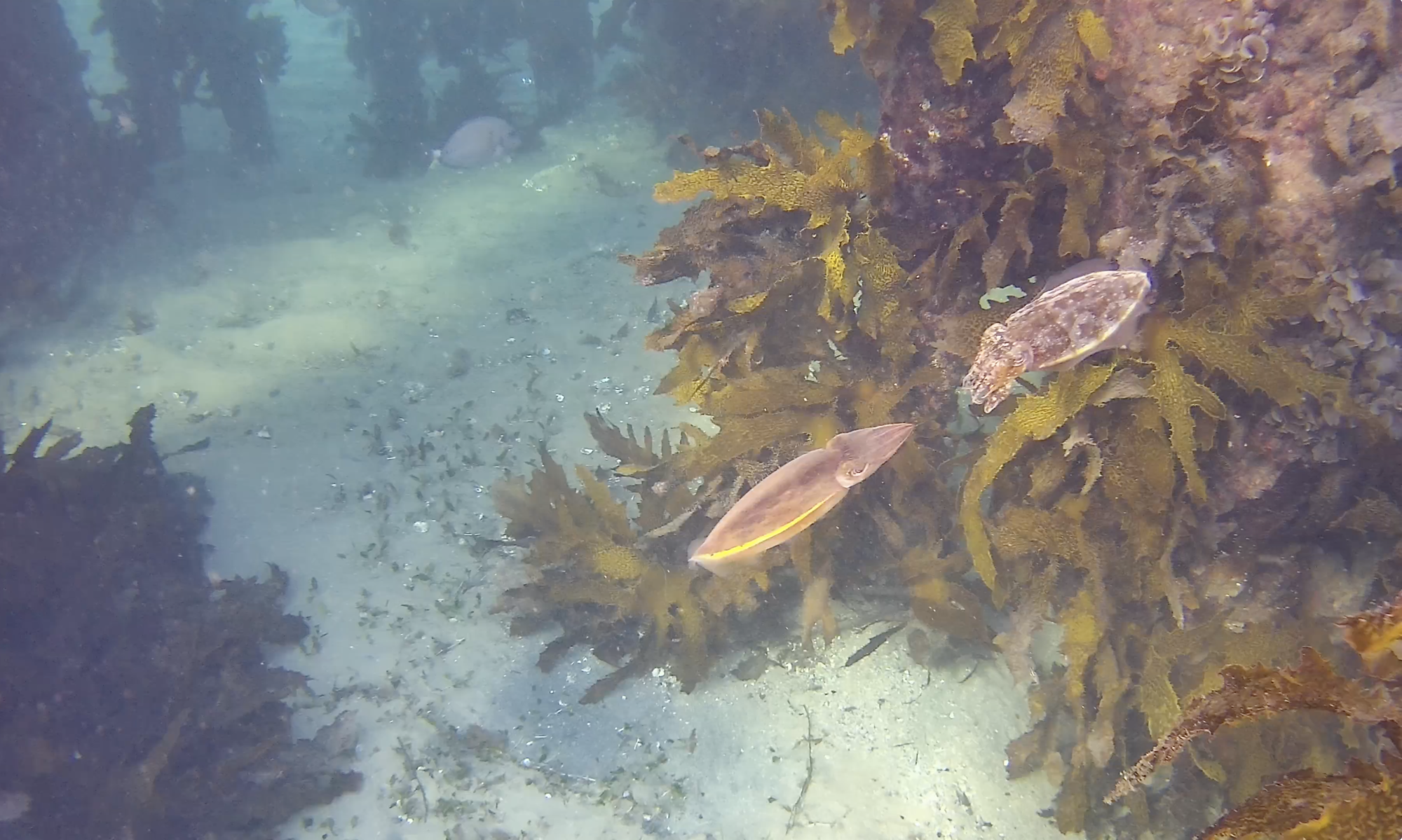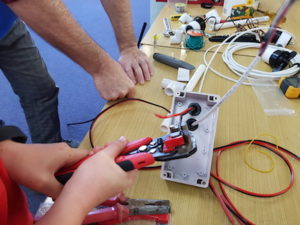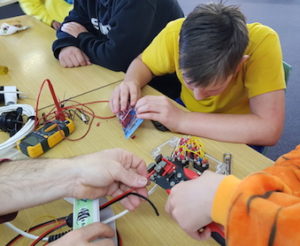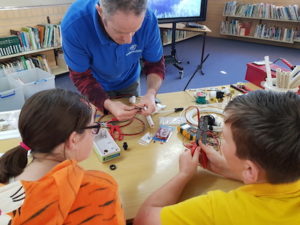We participated in the Batemans Bay High School Hack-a-thon on the 6th of July, getting a group of 5 students in years 5-9 to build a SeaMATE Angelfish ROV kit. It was awesome! The simple kit components were put together to build an operational vehicle in a day. Students gained an understanding of buoyancy, propulsion, motors, wiring and switches. But most importantly they were inspired by their success, which will encourage them to go further and learn more.
Girl Builds ROV to collect Microplastics from Oceans
Amazing Anna Du, a 12-yr old from Andover Massachusetts, built a Smart Infrared-based ROV to collect micro plastics from the ocean. She is one of this year’s finalists in the Discovery Education 3M Young Scientists Challenge and we think her invention is INCREDIBLE. You can see Anna’s 2018 Young Scientist Challenge Entry here: Young Scientist Lab
International Student ROV Competitions
Robotics courses, clubs and events for students of all ages are more readily available and frequent than ever, especially in the US. Here are a couple of fun examples of student robotics clubs building ROVs and enjoying the challenge of competitions:
Local SeaPerch competition in Massachusetts: Andover High School students in robotics competition
Local SeaMATE competition in Seattle Washington: Port Townsend STEM club advance to 2018 MATE competition
2018 International MATE Competition going on RIGHT NOW (21-23 June in Seattle Washington):
2018 International MATE Competition home page
Live-stream video at 2018 MATE Comp
Note – live-streaming starts at 3am AEST
Great Pacific Garbage Patch is Growing
The amount of plastic debris in our oceans is growing exponentially, according to researchers at the Ocean CleanUp Foundation and a study recently published in the journal Scientific Reports. Current estimates of the amount of plastic in the Pacific Ocean stands at 87,000 tons, four to 16 times bigger than previously thought, and occupying an area roughly four times the size of California. Concerns are that large pieces of plastic rubbish will degrade into microplastics that can then enter our food chain.
What can be done? The Ocean CleanUp Foundation has developed a mechanical system that floats through the water and concentrates the plastics into denser areas that can be collected by boats and taken back to shore to be recycled. They plan to launch the first such system this summer from Alameda, California.
Full article at: NYTimes 22mar18
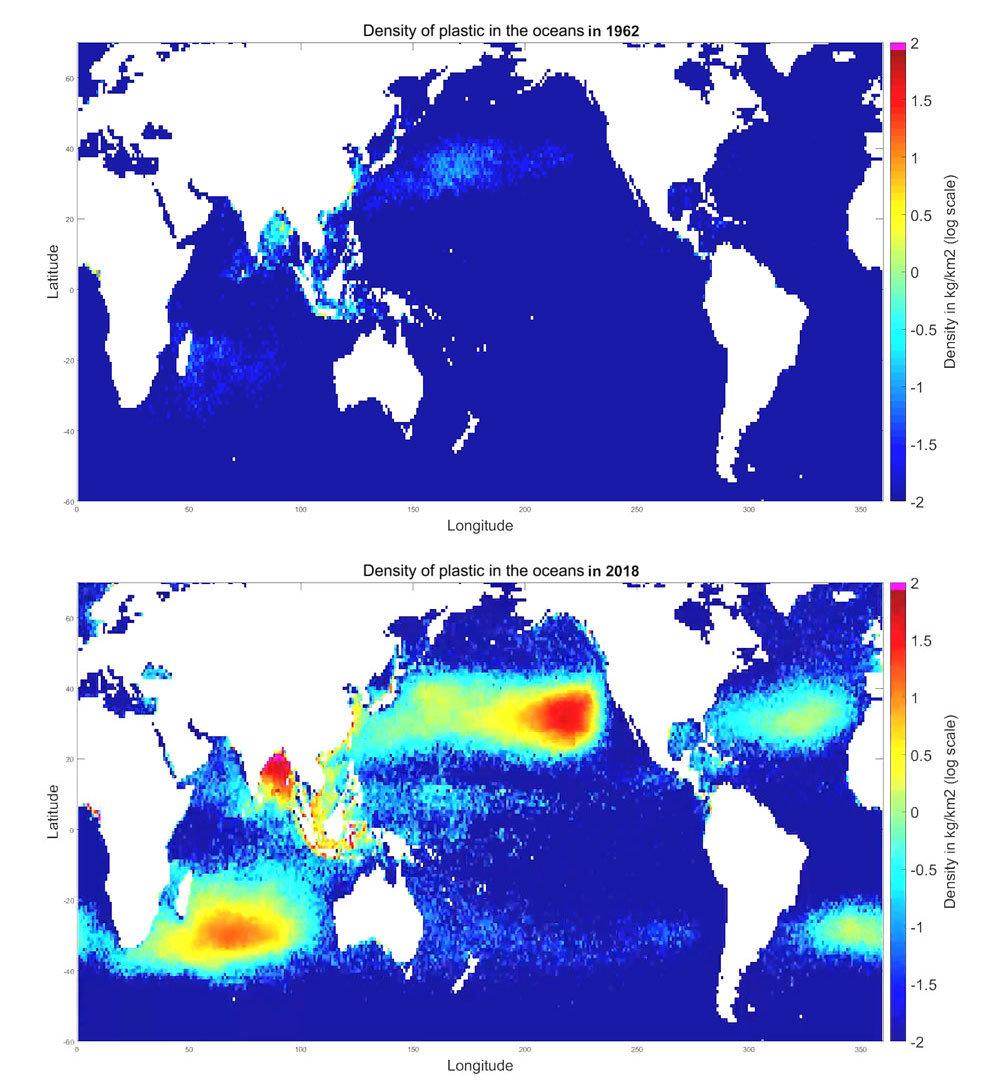
The density of ocean plastic in 1962 (top) compared to 2018 (bottom). Credit: Ocean Cleanup Foundation
Rare Deep-ocean Jellyfish
Check out this beachball-sized, deep-ocean jellyfish spotted recently at a depth of 974m (3200ft):
It was found off the coast of Mexico’s San Benedicto Island in the Pacific Ocean by NOAA’s Hercules ROV.
Full article at: LiveScience, 23may18
